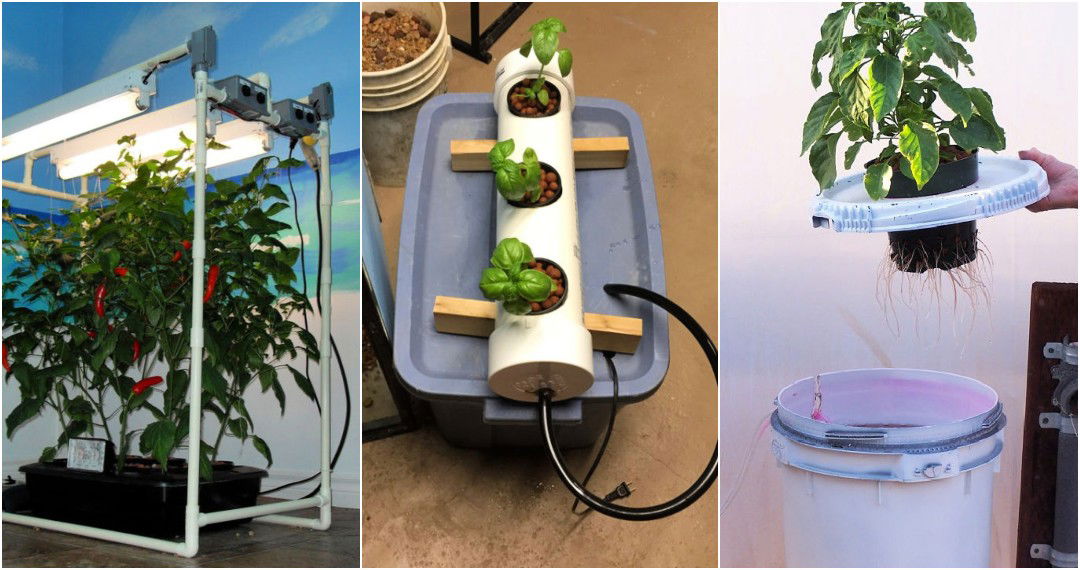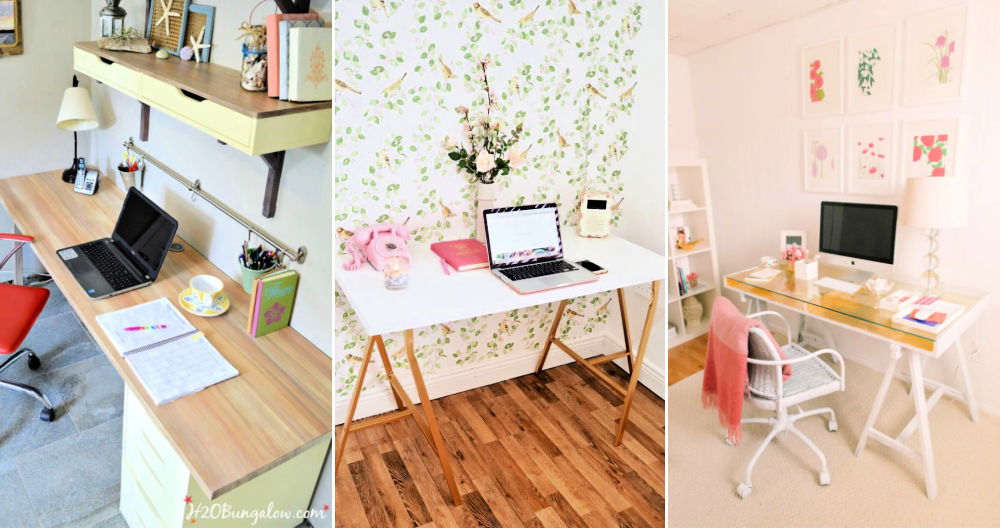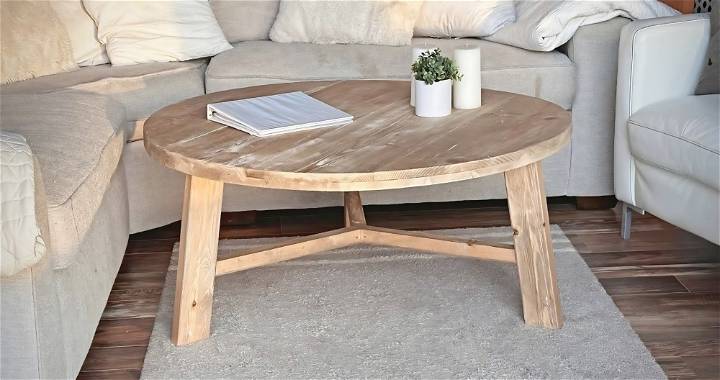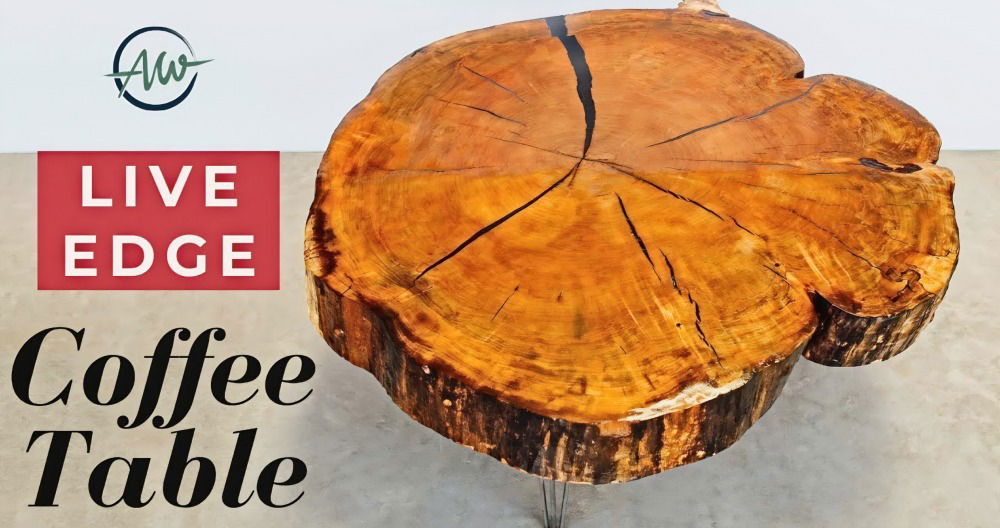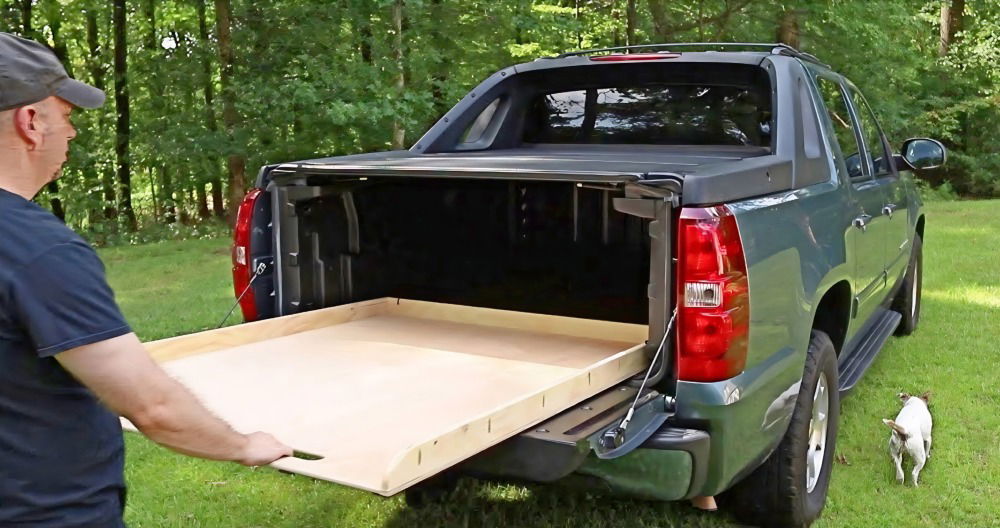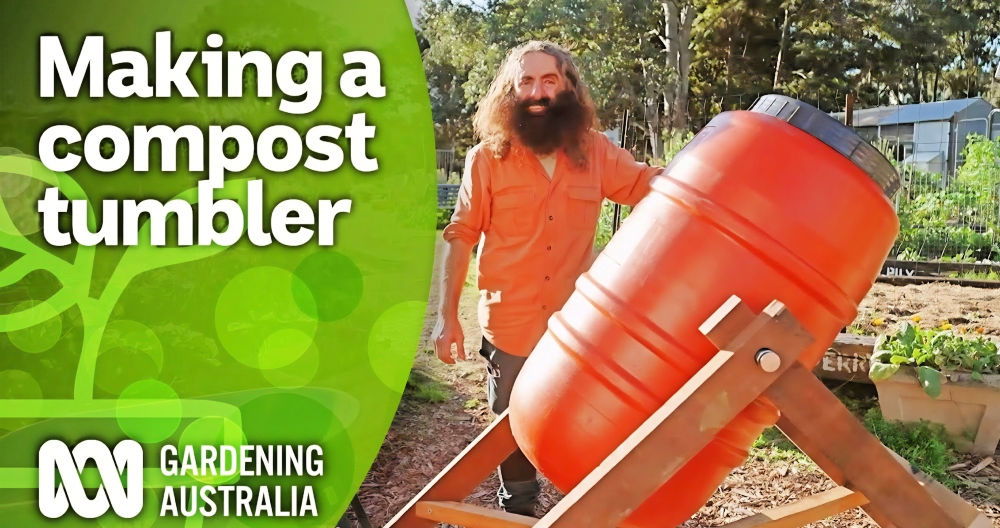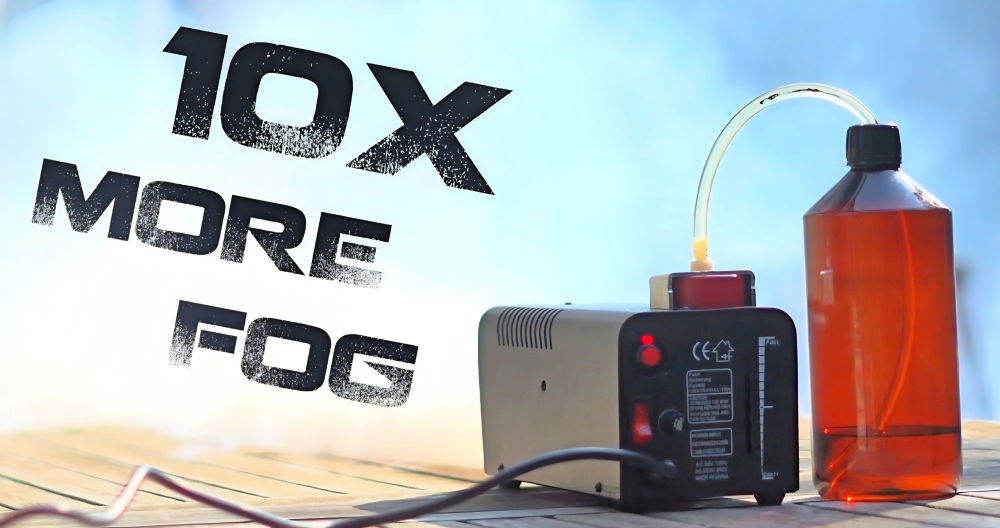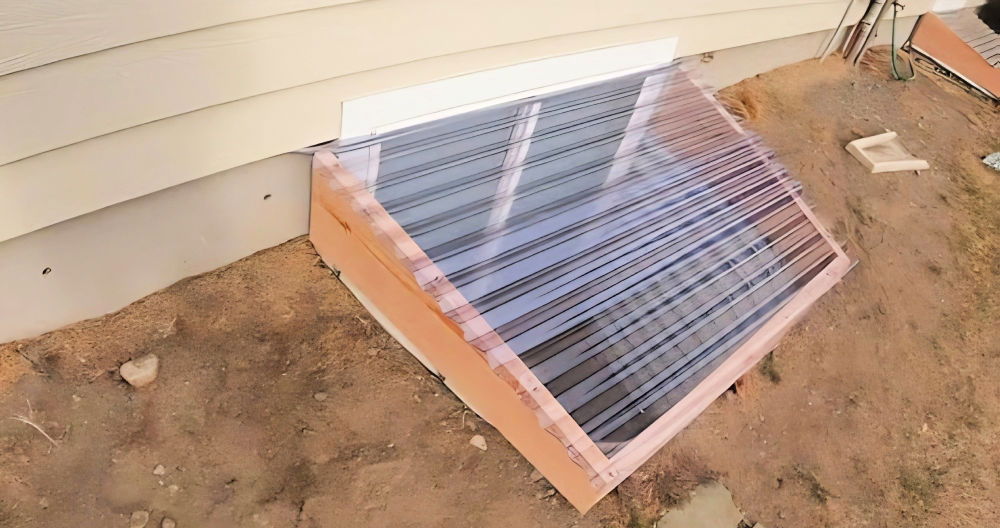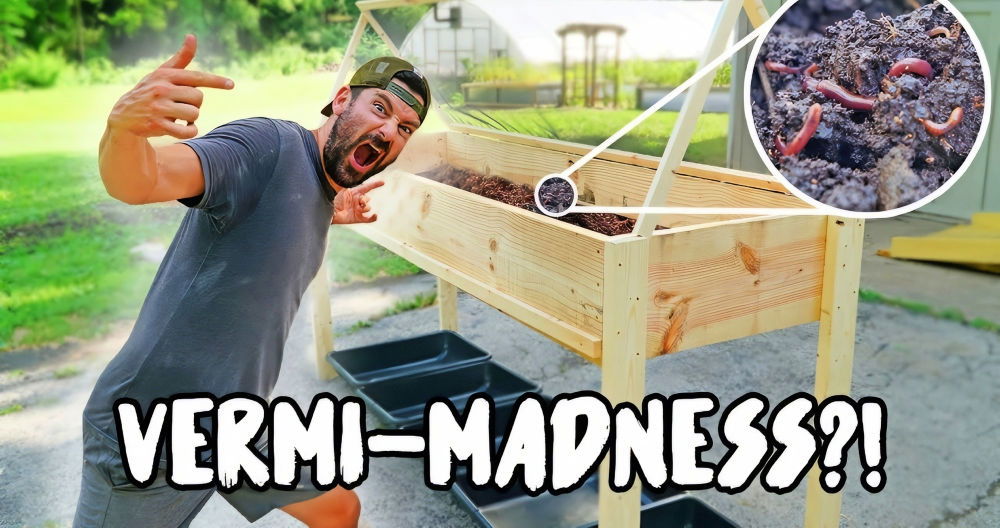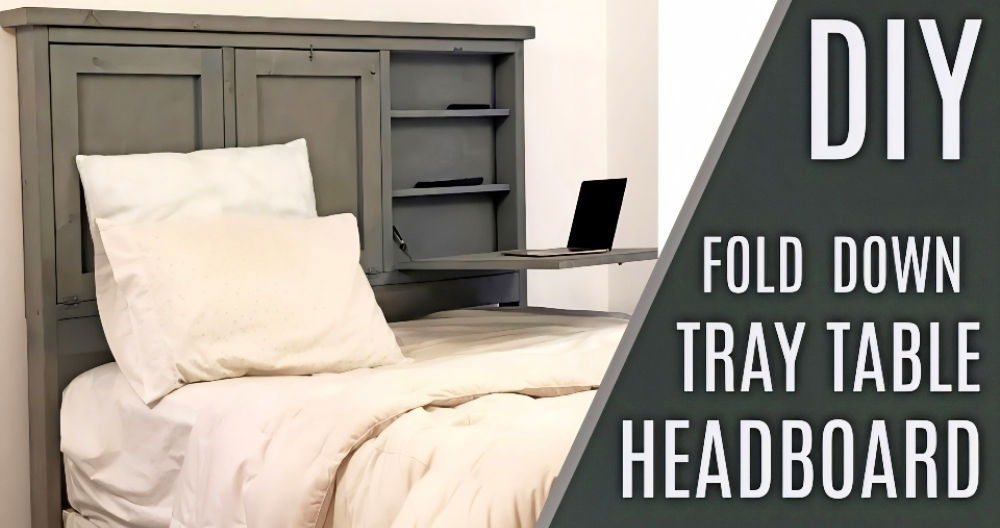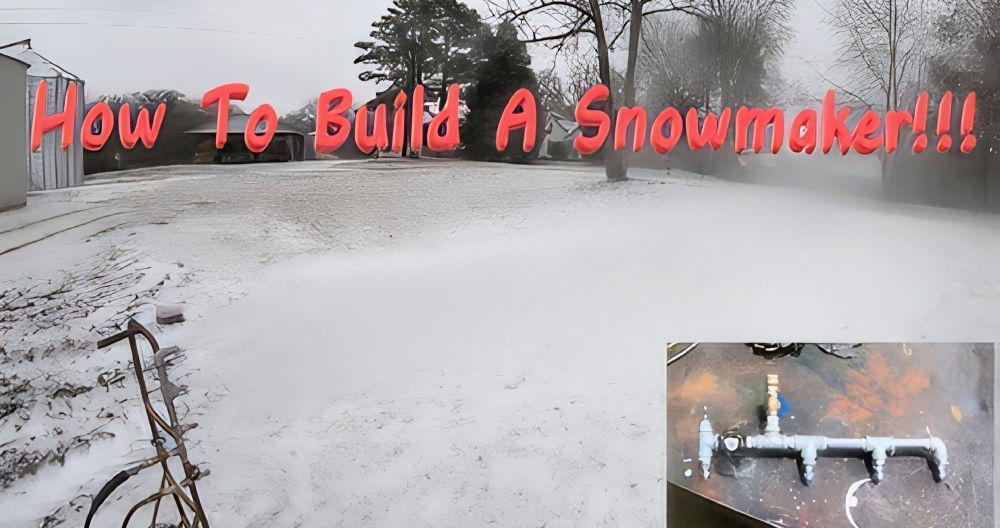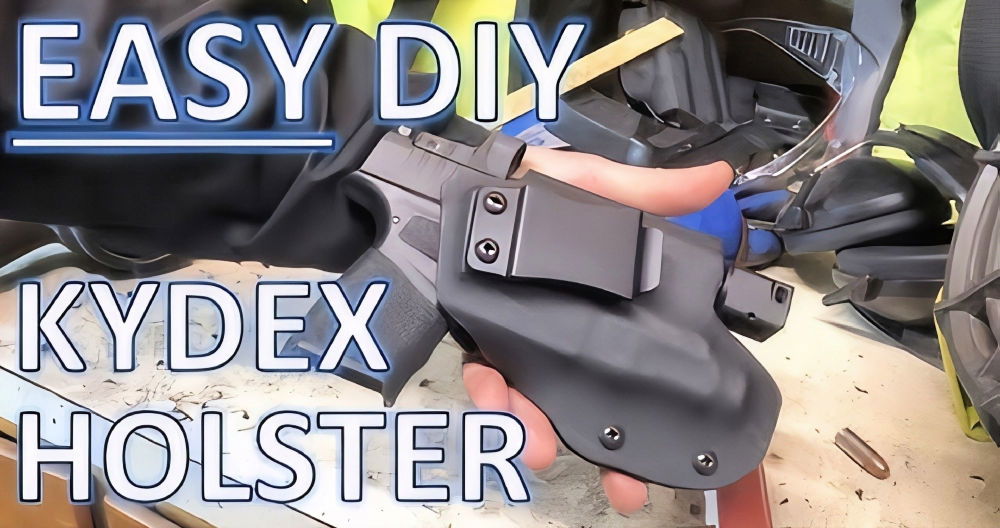Starting with DIY hydroponics can seem like a big task, but it's easier than you think. My first step was gathering essential materials like containers, nutrient solutions, and a water pump. Seeing plants grow without soil was amazing. I enjoyed setting up my system and watching my herbs flourish. Garden enthusiasts can build their own cheap hydroponics system and enjoy fresh produce all year.
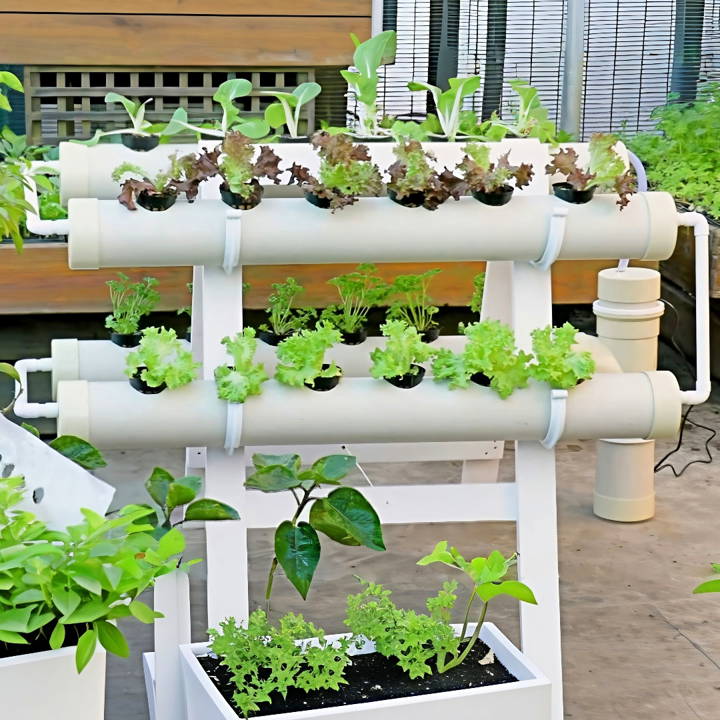
This DIY hydroponic system offered me fresh tomatoes and herbs right at home. Simple materials and easy steps were all I needed to see results. This method saves space and is great for apartments or small homes. By sharing my experience, I hope to inspire you to start your own hydroponic garden.
I'm helping with this, so don't wait—start your DIY hydroponics project today!
Why Choose Hydroponics?
- Space-Efficient: It's perfect for small spaces like apartments or urban areas where garden space is limited.
- Water-Saving: Hydroponics uses up to 90% less water than soil gardening because the system recycles water.
- Faster Growth: Plants in hydroponic systems can grow up to 50% faster since they have direct access to nutrients and oxygen.
- Year-Round Harvest: You can grow plants all year, regardless of the season, as you control the environment.
How Does It Work?
Plants need sunlight, air, water, and nutrients to grow. In hydroponics, you provide these essentials directly. A water pump circulates nutrient-rich water to the plant's roots while growing lights and fans mimic the sun and wind. This direct delivery system means plants don't have to work as hard to get what they need, so they can spend more energy growing.
Is It Complicated?
Not at all! While it might sound high-tech, hydroponics can be quite simple. You can start with a basic setup that includes a container, water, a simple nutrient solution, and a handful of plants. As you get more comfortable, you can explore more complex systems.
Who Can Do It?
Anyone! Whether you're a seasoned gardener or a beginner, hydroponics is accessible to all. It's a great way to introduce children to gardening, too, as it's clean, easy, and results can be seen quickly.
The key to successful hydroponics is balance. Keeping the right balance of nutrients, light, and water is crucial for healthy plants. But don't worry; with a little monitoring and adjusting, you'll get the hang of it in no time.
Materials Needed and Their Purpose
To get started, I needed several materials, each serving a unique function in the system:
- A store-bought trestle: This acts as the main support structure for the PVC pipes that hold the plants.
- PVC pipes: They serve as channels for the water to flow through and house the plants.
- Gutter brackets: These secure the PVC pipes to the trestle.
- Wood screws, drill driver with a Phillips bit: Essential tools for assembling the structure.
- Spirit level: To ensure all the mounts are leveled, ensuring even water flow.
- Tape measure and pencil: For accurate measurement and marking.
- Water feature pump and reservoir: The heart of the system, circulating nutrient-rich water to the plants.
- PVC weld, hacksaw, sandpaper, utility knife: For cutting, attaching, and smoothing the PVC pipes.
- Electrical conduit piping, T-pieces, and end caps are used to build the water circuit that connects the channels.
These materials were not randomly chosen; each plays a crucial role in ensuring the system works efficiently and is durable enough to withstand the elements outdoors.
Step by Step Instructions
Learn step-by-step to build a DIY hydroponic system. Grow plants at home with our easy guide. Start your hydroponic garden today!
Building the Structure
First, I meticulously mounted the gutter brackets onto the trestle, making sure everything was level. This step is crucial as it ensures that the water flows correctly through the channels and reaches every plant equally. The brackets were offset at specific distances to build a gentle slope for the water to travel down.
Preparing Channels
Cutting the PVC pipes into one-meter lengths and drilling holes for the seedling pots was next. I used a 64mm hole saw for this, ensuring that each hole was evenly spaced to give the plants enough room to grow without overcrowding. Cleaning up the filings was essential to prevent clogging in the system later on.
Plumbing
The most technical part was perhaps the plumbing. I had to make sure that each channel was correctly connected to allow for smooth water flow from the top channel down to the reservoir, where the pump would then cycle it back up again. This closed-loop system is efficient and conserves water by recirculating it.
Assembly and Finishing Touches
Once all the pieces were ready, assembling the structure was surprisingly straightforward. I fixed the PVC pipes onto the frame, connected the plumbing, and made sure the water reservoir and pump were properly installed. This part was somewhat like putting together a puzzle, where every piece had to fit perfectly.
Testing and Planting
Filling the system with water and adding hydroponic nutrients was a moment of truth. Once I turned on the pump and saw the water smoothly flowing through each channel, it was a real sense of achievement. Finally, I could plant various herbs and leafy greens in the prepared holes, watching them grow has been incredibly rewarding.
Types of Hydroponic Systems
Hydroponic systems are a modern way to grow plants without soil. They use water and nutrients to nourish the plants. There are several types of systems, each with its own benefits. Let's explore them in simple terms.
Wick System
The wick system is the simplest type of hydroponic system. It's like a candle wick that draws water mixed with nutrients up to the plant roots. This system doesn't need electricity, making it great for beginners.
Deep Water Culture (DWC)
In a DWC system, plants float on water while their roots dip into the nutrient solution. An air pump supplies oxygen to the roots, helping them absorb nutrients better. It's a popular choice for growing leafy greens quickly.
Nutrient Film Technique (NFT)
The NFT system uses a continuous flow of nutrient solution over the roots. Plants grow in channels, and the thin film of water provides them with food and oxygen. It's efficient and uses less water than other methods.
Aeroponics
Aeroponics is a high-tech system where roots hang in the air and are misted with nutrient solution. This method allows the roots to absorb nutrients and oxygen easily. It uses even less water than NFT and can produce fast-growing, healthy plants.
Ebb and Flow
The ebb and flow system floods the plant roots with nutrient solution at regular intervals and then drains it away. This mimics natural wet and dry cycles. It's versatile and can be used for a variety of plant sizes.
Drip System
In a drip system, a pump delivers a nutrient solution to each plant through small drip lines. It's precise and can be adjusted for each plant's needs. This system is common in commercial hydroponics.
Choosing the Right System
When choosing a hydroponic system, consider these factors:
- Space: How much room do you have?
- Budget: How much do you want to spend?
- Time: How much time can you dedicate to maintenance?
- Plants: What types of plants do you want to grow?
Each system has its own advantages. Beginners might start with a wick or DWC system, while more experienced gardeners might try NFT or aeroponics.
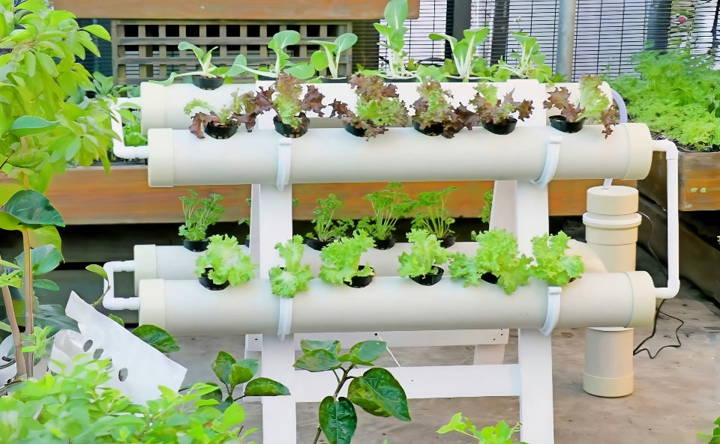
Advanced Tips and Tricks
When you've got the basics of hydroponics down, it's time to level up your gardening game. Here are some advanced tips and tricks to help you grow like a pro.
Optimize Your Nutrient Solution
- Balance is Key: Keep a close eye on the nutrient concentration using an EC (electrical conductivity) meter. Too little won't feed your plants, and too much can harm them.
- Temperature Matters: Aim for a nutrient solution temperature of about 65-75°F (18-24°C). Too cold can slow growth, and too hot can lead to root issues.
Maximize Oxygen
- Air Stones and Pumps: Use air stones and pumps in your reservoir to keep the oxygen levels high. Roots love oxygen, and more oxygen means faster growth.
- Clean Roots: Keep the root zone clean to prevent diseases and allow better oxygen absorption.
Lighting
- Go LED: Consider LED grow lights for energy efficiency and better control over light spectra.
- Timing is Everything: Use timers to simulate natural day and night cycles. Most plants thrive with 18 hours of light and 6 hours of darkness.
Monitor pH Levels
- Stay Neutral: Aim for a pH level between 5.5 and 6.5. Use pH up or down solutions to adjust levels.
- Regular Checks: Test your pH every few days. Fluctuations can lock out nutrients, even if they're present.
Pruning and Training
- Prune for Power: Regularly prune your plants to direct energy to the most productive areas.
- Train for Space: Use techniques like trellising or low-stress training to shape your plants and make the most of your space.
Pest and Disease Control
- Prevention is Best: Keep your grow area clean and monitor plants closely for early signs of trouble.
- Natural Solutions: Use natural predators like ladybugs for pests, and neem oil for mild fungal issues.
Automation
- Tech to the Rescue: Automate watering, lighting, and nutrient delivery to save time and improve consistency.
- Monitor Remotely: Use smart sensors and apps to keep an eye on your system from anywhere.
Experiment
- Try New Things: Experiment with different plant varieties, nutrient mixes, and growing techniques.
- Keep Records: Document your changes and results to learn what works best for your setup.
By using these advanced strategies, you'll overcome common hydroponic challenges and elevate your garden. The best hydroponic gardeners are always learning and adapting.
Plant Selection and Care
Choosing the right plants for your hydroponic system is crucial for success. Some plants thrive in these soil-less conditions, while others might not do as well. Here's how to select and care for your hydroponic plants.
Selecting Plants
- Go for Greens: Leafy greens like lettuce, spinach, and kale are great starters. They grow quickly and don't need much space.
- Herbs are Handy: Basil, mint, and cilantro are perfect for hydroponics. They're useful in the kitchen and easy to grow.
- Fruity Fun: Tomatoes, strawberries, and peppers add variety and color to your garden. They require more care but are very rewarding.
Caring for Your Plants
- Nutrients: Use a hydroponic nutrient solution to feed your plants. It has all the minerals they need.
- Light: Provide plenty of light, either from the sun or grow lights, especially for fruiting plants.
- Pruning: Trim your plants to encourage growth. Remove any dead or yellowing leaves to keep them healthy.
- Support: Tall or climbing plants might need support. Use stakes or trellises to help them grow upwards.
Monitoring
- Keep an Eye on pH: The pH level of your water should be between 5.5 and 6.5. Test it regularly and adjust as needed.
- Watch for Pests: Even indoor plants can get pests. If you see bugs, use organic pest control methods.
- Check the Roots: Healthy roots are white or cream-colored. If they're brown or slimy, your plants might be sick.
Troubleshooting
- Yellow Leaves: This could mean too much water or not enough nutrients. Adjust your feeding schedule and check your water levels.
- Slow Growth: Make sure your plants are getting enough light and the right amount of nutrients.
- Wilting: This can be a sign of too much heat or not enough water. Make sure your system's temperature is stable and that there's enough water.
Start with easy plants, meet their needs, and adjust as needed. Over time, you'll understand your hydroponic garden and keep it thriving.
Troubleshooting Guide
Having a hydroponic garden is rewarding, but sometimes, you might run into issues. Don't worry; most problems have simple solutions. Here's a guide to help you troubleshoot common hydroponic issues.
Plants Not Growing
- Solution: Check your nutrient solution and make sure it's at the right strength. An EC meter is used to measure the nutrient level. Also, ensure your plants are getting enough light, and the temperature is within the ideal range for growth.
Yellowing Leaves
- Solution: Yellow leaves can be a sign of a nutrient deficiency. Make sure your nutrient solution has the right balance of nutrients. It could also be due to incorrect pH levels, so test and adjust the pH if necessary.
Wilting Plants
- Solution: Wilting could indicate overwatering or poor oxygenation. Make sure your system isn't flooded and that your air pump is working correctly to provide enough oxygen to the roots.
Root Rot
- Solution: Root rot is often caused by poor aeration or contaminated water. Increase aeration with air stones and ensure your water is clean. If you spot rot, trim the affected roots and treat them with a hydrogen peroxide solution to disinfect them.
Pests and Diseases
- Solution: Keep an eye out for pests like aphids and spider mites. Use organic pest control methods like neem oil or introduce beneficial insects. For diseases, remove affected plants and sanitize your system.
Algae Growth
- Solution: Algae thrive in light and nutrient-rich environments. Cover your reservoir and plant roots to block light, and keep your nutrient solution covered and cool.
Nutrient Burn
- Solution: If the tips of your plant's leaves are brown, it could be nutrient burn. Dilute your nutrient solution and gradually increase the strength as your plants grow.
pH Fluctuations
- Solution: Frequent pH changes can stress plants. Use a reliable pH meter and check your levels regularly. Adjust with pH up or down solutions as needed.
Observe and adjust for hydroponic success. Watch your plants and environment closely—they'll signal their needs. With practice, you'll expertly maintain a healthy, productive hydroponic garden.
FAQs About DIY Hydroponics
Discover all you need to know about DIY hydroponics with our FAQs. Get answers on setup, maintenance, and plant growth for your hydroponic garden.
DIY hydroponics is the practice of cultivating plants in a water-based, nutrient-rich solution without using soil. It’s a versatile gardening method that allows you to grow herbs, vegetables, and fruits indoors or in small spaces.
To start, you’ll need a container for your water and nutrients, a growing medium like Rockwool or coconut coir to support your plants, and a light source if you’re growing indoors. You can build your own system or purchase a kit that includes everything you need.
Hydroponic gardening allows for faster plant growth, requires less water than traditional gardening, and can be done year-round, regardless of outdoor weather conditions. It's also less labor-intensive since there's no soil to till or weeds to pull.
Almost any plant can be grown hydroponically, but herbs, leafy greens, and vegetables like tomatoes, peppers, and cucumbers are especially well-suited for hydroponic systems. You can also grow fruits like strawberries and blueberries.
Regularly check the water level and replenish it as needed. You'll also need to monitor the nutrient solution's pH and electrical conductivity to ensure your plants are getting the right amount of nutrients. Clean your system between growing cycles to prevent disease and ensure optimal plant health.
Conclusion
Growing plants with a cheap DIY hydroponics system has been rewarding and fun. Give it a try, and you'll love the fresh, homegrown results!


